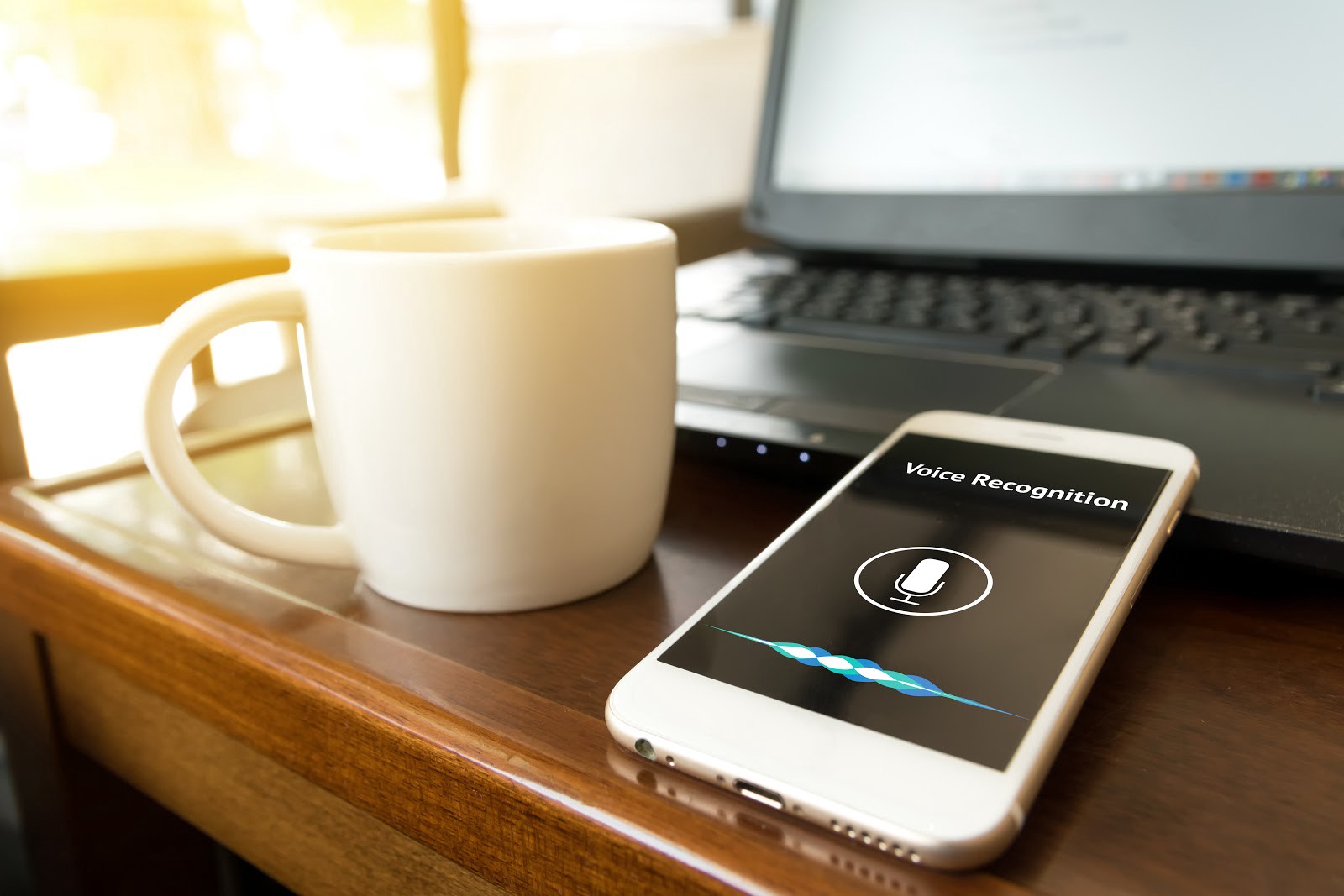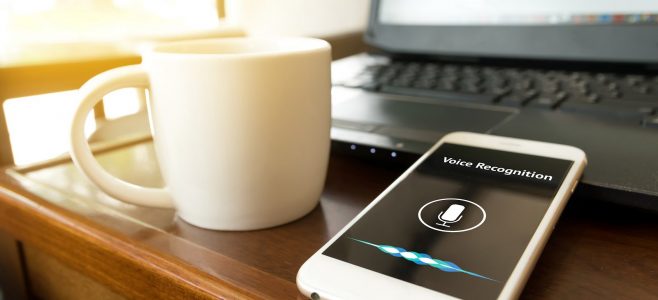Our COO, Tim Keyes, shares why phone numbers are the new URL of the mobile age. Read his article to learn how vanity phone numbers will help your business grow. #business #starstarmobile #businessgrowthstrategy
Full Article on Start It UP NYC
Take a moment to think about all the social media, messaging and other communications apps and platforms you use for your marketing and sales campaigns. You probably need two hands (at least) to count them, and you likely have unique usernames for each one. For example, your company’s Twitter handle is probably different from its IDs on LinkedIn, Facebook, Instagram, etc. But there’s at least one identifier that likely hasn’t changed in years: the phone number. That’s why creating a vanity number is essential to any company’s marketing program.
The myriad of digital tools customers can use to communicate with you, including email, online chatbots, and instant messaging portals, has not diminished the value of compelling a customer to call you. Increased call volume drives sales, and a vanity phone number makes it easier for customers to make the phone their first option.
Think of the phone number as the new URL of the mobile age, and a primary identifier of both your business and the individual customer. When a customer can quickly and easily remember a vanity phone number he saw on an advertisement or other marketing vehicles, he’s more likely to use it.
And, when you know your current and prospective customers’ phone numbers, you can connect with them in ways that mobile ads, social media posts, and messaging apps do not enable. Encouraging customers to call your sales and support personnel is critical to fostering greater loyalty, increasing efficiency, and growing revenue.
Your customers have an incredible (and ever-growing) selection of communications apps at their fingertips, including SMS texting, Facebook Messenger, WhatsApp, Instagram, Pinterest, Snapchat, etc. These platforms are very popular among consumers, particularly in younger demographics, when it comes to interacting with their friends and families.
However, the phone call remains a key avenue for consumers of all generations when engaging with their favorite brands, as well as when making contact with an organization for the first time. Research shows that mobile calls represent 60 percent of inbound calls to businesses in 2016. This equals 85 billion global mobile calls annually, a figure that will grow to 169 billion by 2020.
That’s not to say the phone should replace other tactics in your multi-channel marketing campaigns. The concept of providing multi-channel support for customers is not a new one. What’s changed is that over the years, the number of channels now resembles the seemingly endless list of channels in our cable TV guides. There’s print, TV, radio, online (both via a PC and mobile device), phone calls, social media platforms, dedicated messaging apps, chatbots, mobile apps, etc. The key to success is to integrate these channels together to achieve the campaign’s metrics, be it driving people to your e-commerce portal or visiting your store.
For instance, if someone sends an email to your company one day, they should be able to engage with your chatbot that appears when they your website, or pose questions to your Facebook Messenger chatbot, or make a phone call the next day to continue that “conversation”, even if they’re speaking with a different person or department. You don’t want to trap customers into feeling like they have to use one platform.
The goal of the initial phone call is “call deflection” — move people away from your call center and lead them down the proverbial digital yellow brick road so they can engage with your customer service/support teams across multiple channels. That’s the key to offering a compelling customer experience and building brand loyalty and turning new customers into vocal brand advocates across their own social media networks.
You might think the phone’s days are numbered as artificial intelligence (A.I.) technologies continue to advance and grow “smarter.” However, AI will always be a supplement to the experience of talking to a live person.
The true promise that AI holds is less about its ability to mimic human interactions and more about collecting and analyzing data to deliver more personalized experiences for each customer. Data now rules the world, and even AI-powered chatbots cannot deliver the rich data analytics that a phone call does. When a customer provides a cell phone number to you, you can start building a profile — with customer’s explicit permission — in order to create more targeted and effective future engagements.
The phone may be the oldest channel in your omnichannel strategy, but using our voices to interact with our devices and myriad communications platforms are becoming more and more common. Today, you use your voice to access A.I.-powered digital assistants like Apple’s Siri, Google Now and Amazon Alexa. In 10 years, our keyboards may be gathering dust next to our old landline phones. The combination of your phone number and your customers’ voices will enable you to extend your brand’s visual identity and deliver captive engagements across offline and online channels, all initiated through your customers’ mobile devices.
The question on your mind now is likely “how do I select an effective vanity phone number?” There is a science to it, and here are three key things to keep in mind:
- Just like when speaking, choose your words carefully: You want to come up with wording that is easy to remember and describes what your business offers. Maybe you incorporate your company’s name or tagline. But you need to walk the line between being too specific and too general. For example, a company that sells and services air conditioners and heaters could come up with some variant of the words “hot” and “cool” or “cold”. But if it uses only one or the other, it’s ignoring half of its business.
- Don’t get too clever: Avoid combining numbers and letters. For instance, staying with the above example, don’t go with 1–800–786-COLD. The “1–800” and “COLD” parts may be easy to remember, but there’s no way the customer will remember the middle three digits.
- Don’t be shy: Get your vanity phone number in front of customers in every piece of marketing collateral you produce. Print ads, your web site, email blasts, chatbot responses, swag you hand out at trade shows and public appearances, etc. If your customers don’t see it, they can’t remember it.


